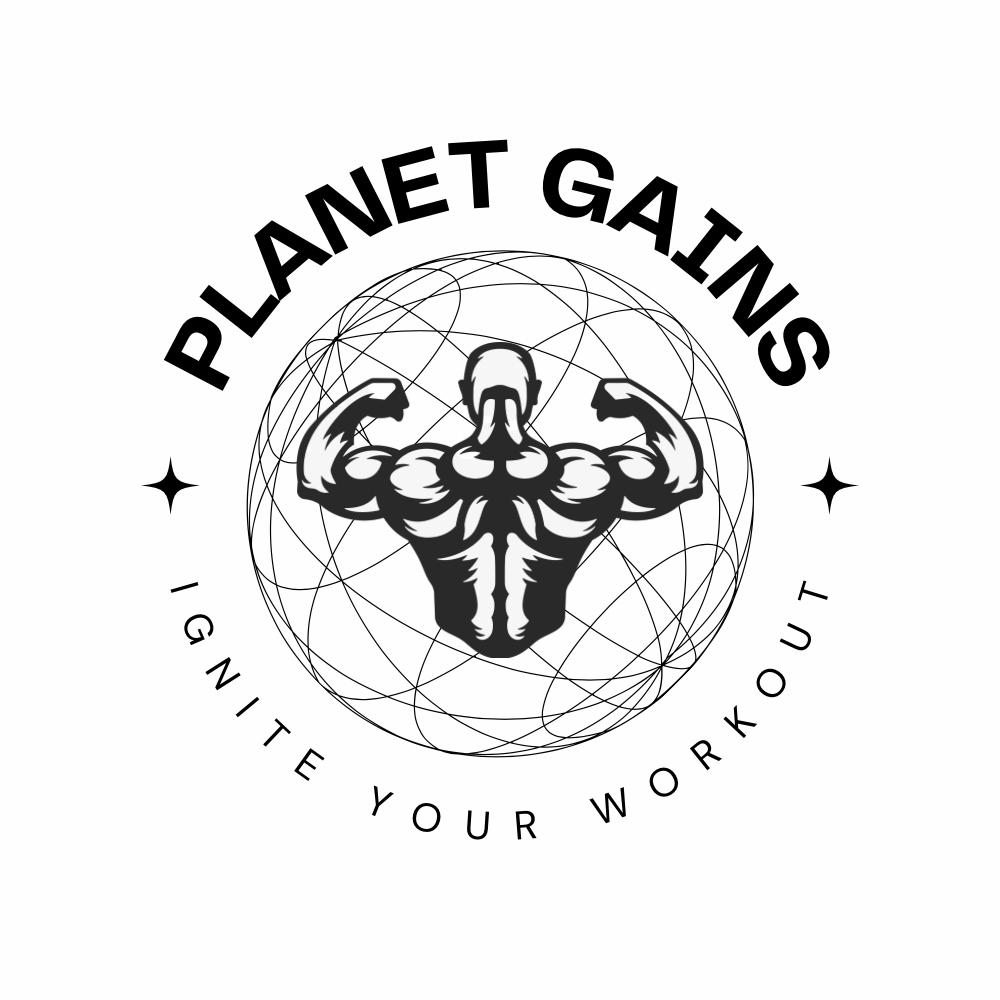📦 FREE Shipping
How Many Calories Does Ice Skating Burn 2024? Surprising Insights

Glide through your fitness journey with “How Many Calories Does Ice Skating Burn? Surprising Insights,” revealing the cool calorie-burning potential of this graceful and fun activity.
How Many Calories Does Ice Skating Burn?
MET stands for Metabolic Equivalent Task, a standard used to estimate the amount of energy expended during physical activities. One MET represents the rate of energy expenditure while at rest.
Ice skating’s MET value can range from 5.5 to 8.5, reflecting moderate to vigorous activity. Higher MET values equate to increased energy costs and more calories burnt.
Factors Influencing Caloric Burn
Several factors determine your caloric burn during ice skating, including:
- Weight: Heavier individuals burn more calories.
- Age: Younger skaters tend to expend more energy.
- Sex: Due to differences in body composition, men typically burn calories at a different rate than women.
- Muscle mass: More muscle equates to higher energy expenditure.
- Skill level: Experienced skaters may use energy more efficiently.
- Duration and intensity: Longer, more intense sessions increase calorie burn.
Calculating Your Burn
A calorie calculator can help you estimate how many calories you burn while skating. These tools often require your weight, the activity’s duration, and sometimes other details such as age and sex.
Remember, using more precise information yields a more accurate calorie count.
Comparison with Other Activities
Ice skating compares favorably with other cardio activities in terms of caloric burn. For instance, a 150-pound person may burn around 600 calories per hour ice skating compared to about 800 calories running at a moderate pace. Lower-impact activities such as walking have a significantly lower burn rate.
Enhancing Ice Skating Workouts
Boost the fitness benefits of ice skating by:
- Increasing speed and strength movements to raise the intensity.
- Incorporating intervals to vary heart rate and caloric burn.
- Trying different styles, such as speed or figure skating, to challenge various muscle groups.
Safety and Equipment
Safety is paramount! Always wear protective gear, including a helmet and knee pads. Use well-fitted ice skates to support your feet and ankles, reducing the risk of injury and improving performance.
Muscular and Health Benefits
Ice skating offers a dynamic way to strengthen various muscle groups while bolstering your cardiovascular health and agility. Strap on your skates to engage in an exercise that’s fun and fruitful for your fitness journey.
Core Muscles and Lower Body Strength
Your core muscles, including your abdominals and lower back, are continuously engaged to maintain your balance on the ice. Ice skating targets your lower body muscles, such as the quads, hamstrings, glutes, and calves, improving muscle strength and tone.
Cardiovascular and Endurance Improvement
As an aerobic exercise, ice skating increases your heart rate and enhances your endurance. Sustained skating sessions can contribute to a stronger heart and better cardiovascular fitness.
Balance, Flexibility, and Coordination
Navigating the slippery surface requires substantial balance and coordination, engaging your ankles and stabilizer muscles. Ice skating also promotes flexibility in the joints and muscles.
Weight Loss and Fitness Enhancement
Skating is a high-energy expenditure activity. You can burn between 500 to 800 calories per hour, making it a practical choice for weight loss and overall fitness.
Comparative Advantages of Ice Skating
Compared to other activities, ice skating provides a full-body workout as it requires both strength and finesse, giving you functional fitness that translates well into daily activities.
Social and Psychological Perks
Enjoy the social aspects of ice skating; glide across the ice with friends or participate in group classes. The fresh air and community can boost your mood and offer psychological health benefits.
Adaptations for Different Skill Levels
Ice skating is versatile, catering to different skill levels. Whether executing simple glides or practicing more complex ice dancing routines, you can tailor the intensity to suit your fitness level and goals.
FAQ:
Is ice skating a good way to Burn calories?
Ice skating is an excellent way to burn calories since it’s a cardiovascular and muscle-toning activity.
Does ice skating help you lose weight?
Ice skating can help you lose weight as it burns calories and can create a calorie deficit when paired with a healthy diet.
How many calories burned in 1 hour of ice skating?
In 1 hour of ice skating, a person can burn approximately 300 to 650 calories, depending on their weight and intensity.
How much calories does skating burn?
Skating generally burns between 300 to 650 calories per hour, influenced by the skater’s weight and skating intensity.
If this article about the question: “How Many Calories Does Ice Skating Burn” helped you, don’t forget to leave us a comment down below about what you think of the article.


